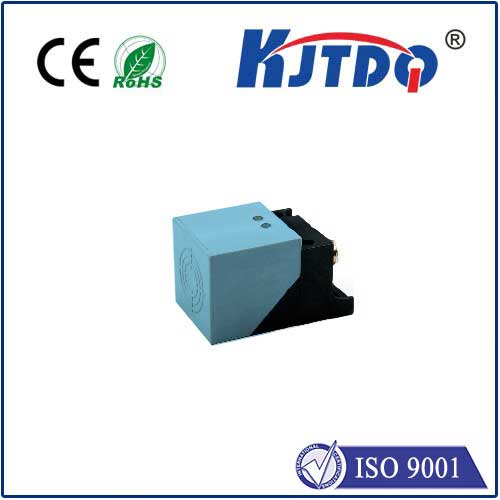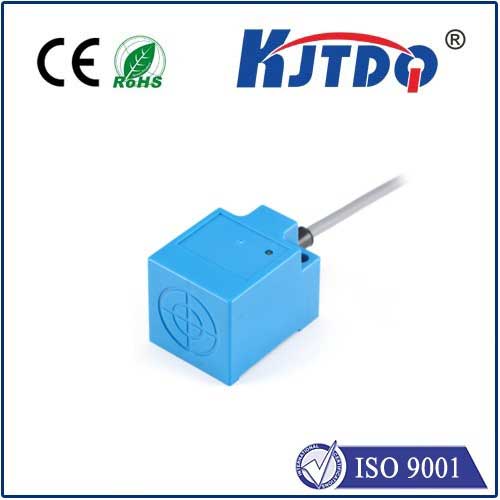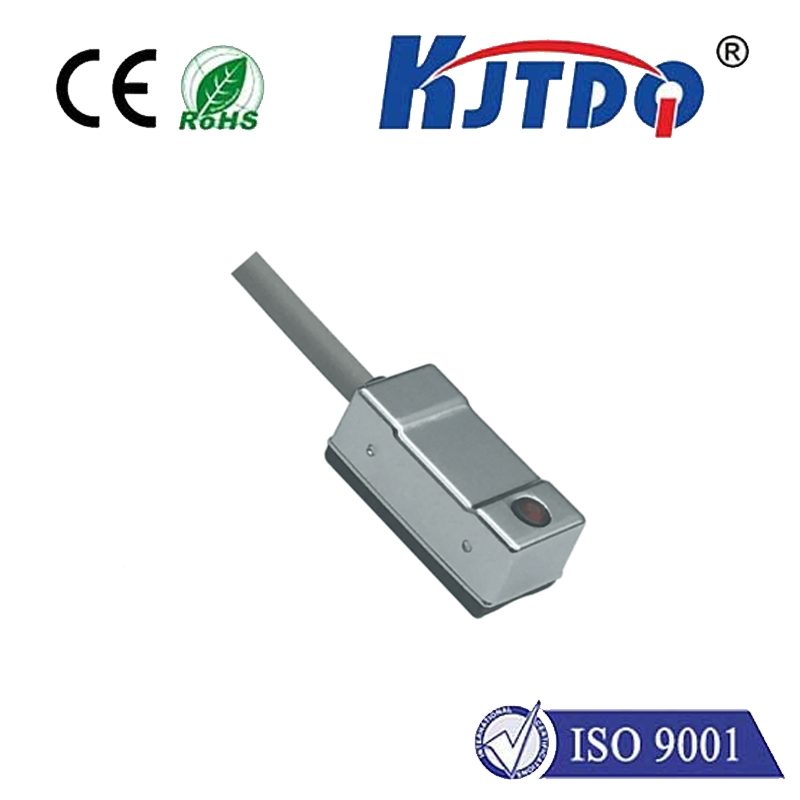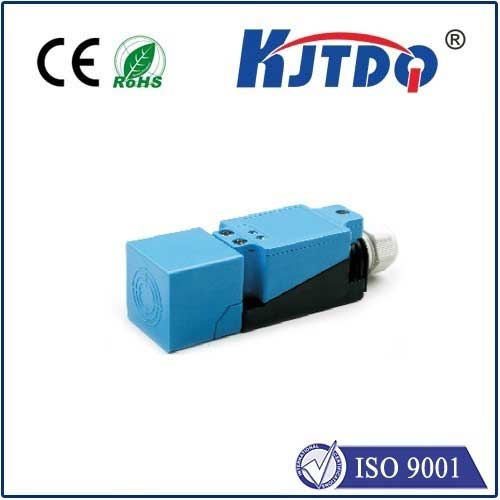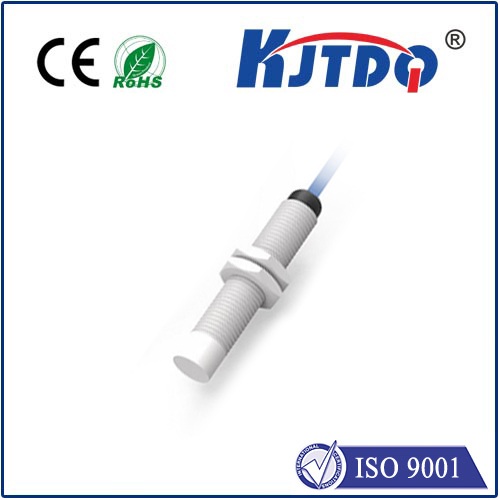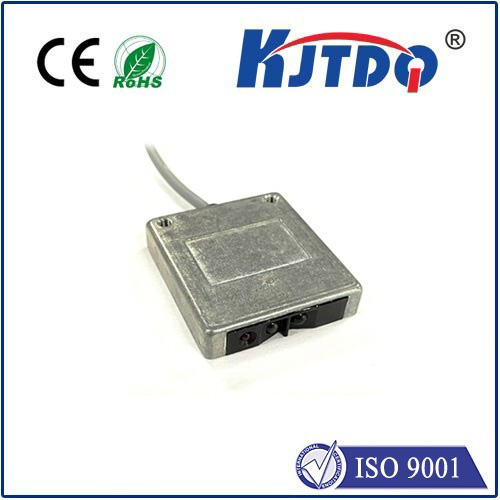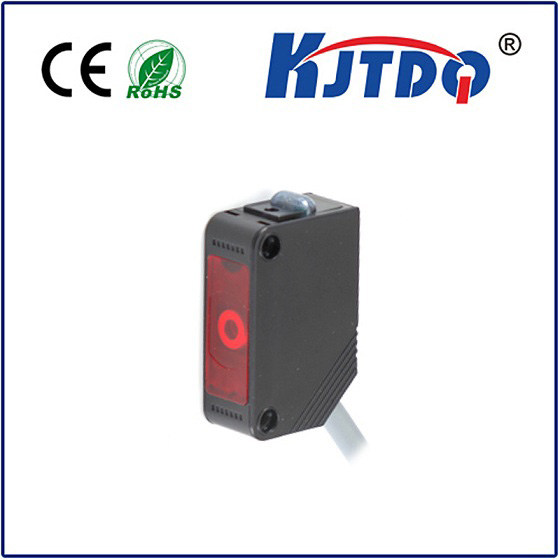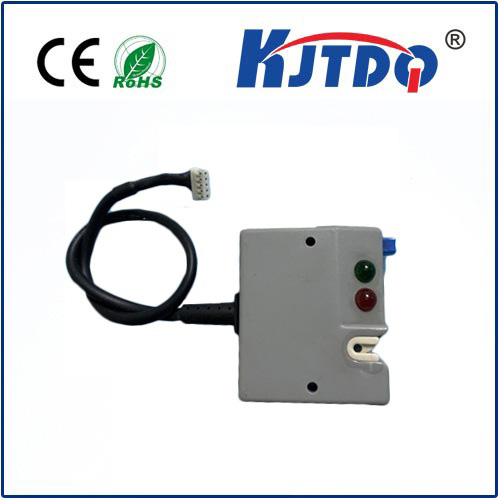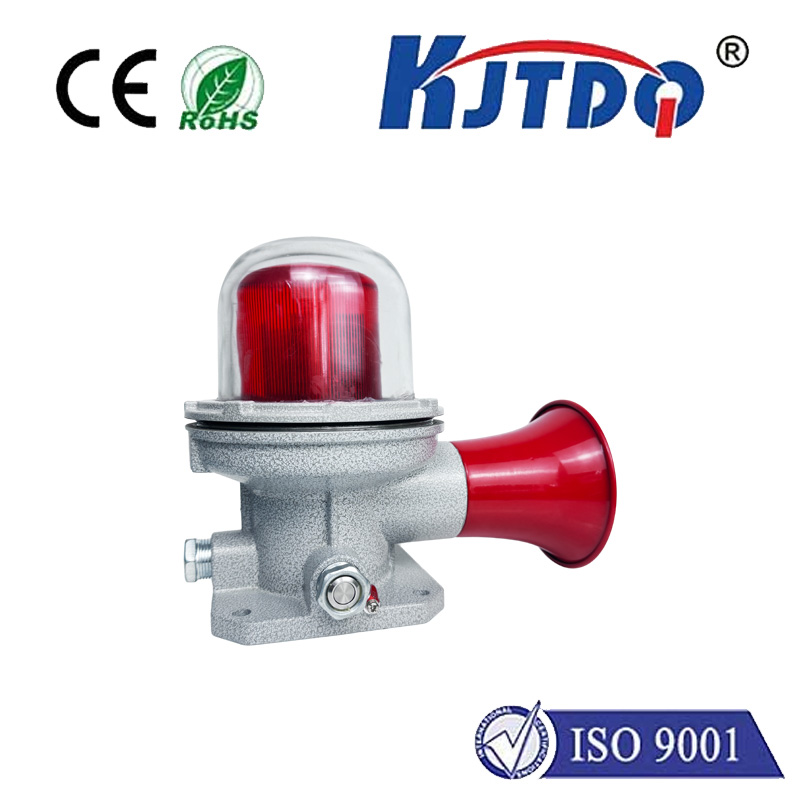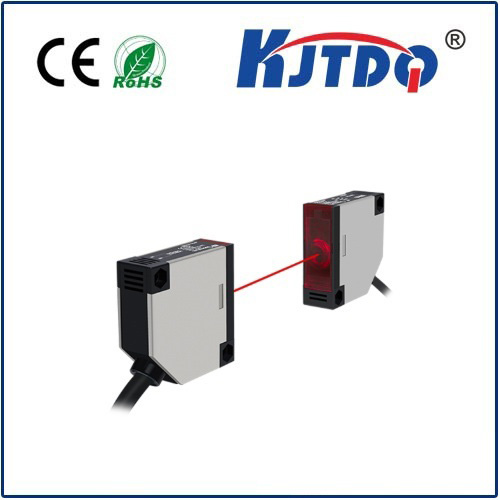
check

check

check

check
Proximity sensor relays have revolutionized the way automated systems function, enabling them to detect and respond to objects or people in real-time. These sensors are an essential component of modern robotics, industrial automation, and other applications where precise positioning and distance measurement are critical. By leveraging the power of advanced sensor technology, proximity sensor relays can greatly improve the efficiency and accuracy of these systems.
One of the key advantages of proximity sensor relays is their ability to operate without direct contact. They use infrared or ultrasonic radiation to measure the distance between two objects, allowing them to detect objects that are too far away for traditional sensing methods. This makes them ideal for applications where it is important to maintain a safe distance from other equipment or people, such as in medical devices, manufacturing facilities, or autonomous vehicles.
Proximity sensor relays also offer high accuracy and reliability, thanks to their sophisticated algorithms and robust hardware design. They can detect subtle changes in the distance or orientation of objects, ensuring that they respond quickly and accurately to any situation. This makes them ideal for applications where strict performance standards are required, such as in industrial automation or aerospace engineering.
In addition to their core functionality, proximity sensor relays can be customized and integrated with other components to create highly specialized systems. For example, they can be combined with motion detectors to create adaptive robots that can navigate complex environments or detect and avoid obstacles. They can also be paired with other sensors like cameras or LIDAR systems to provide comprehensive coverage of a given area.
Overall, proximity sensor relays play a crucial role in optimizing the performance and efficiency of automated systems. By leveraging their advanced features and capabilities, system designers can create innovative solutions that meet the needs of a wide range of industries and applications. As technology continues to evolve, it is likely that proximity sensor relays will become even more prevalent in these systems, helping to drive innovation and progress in the years ahead.
